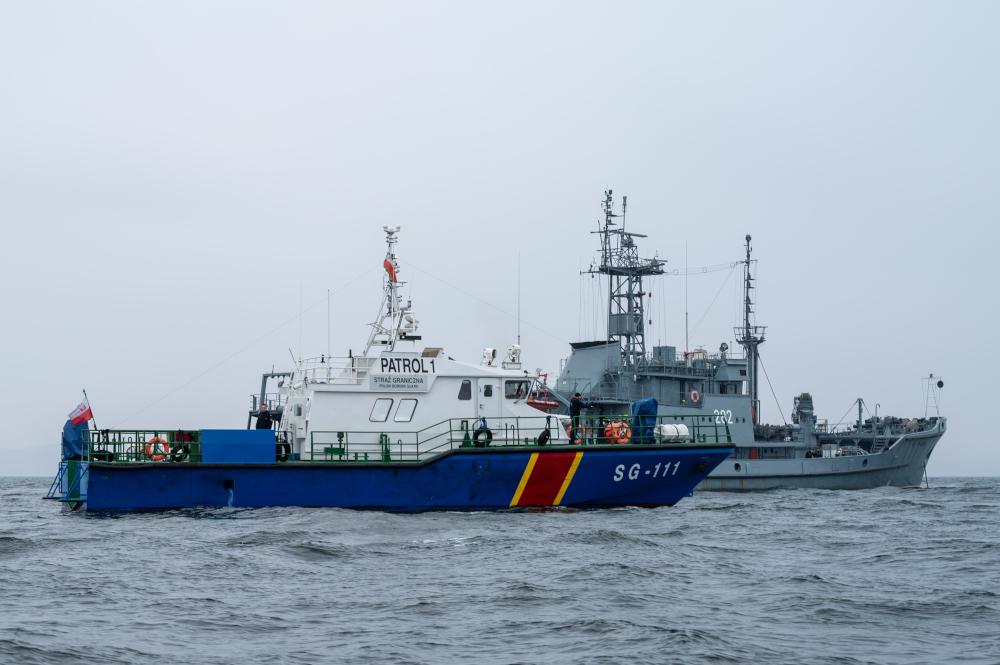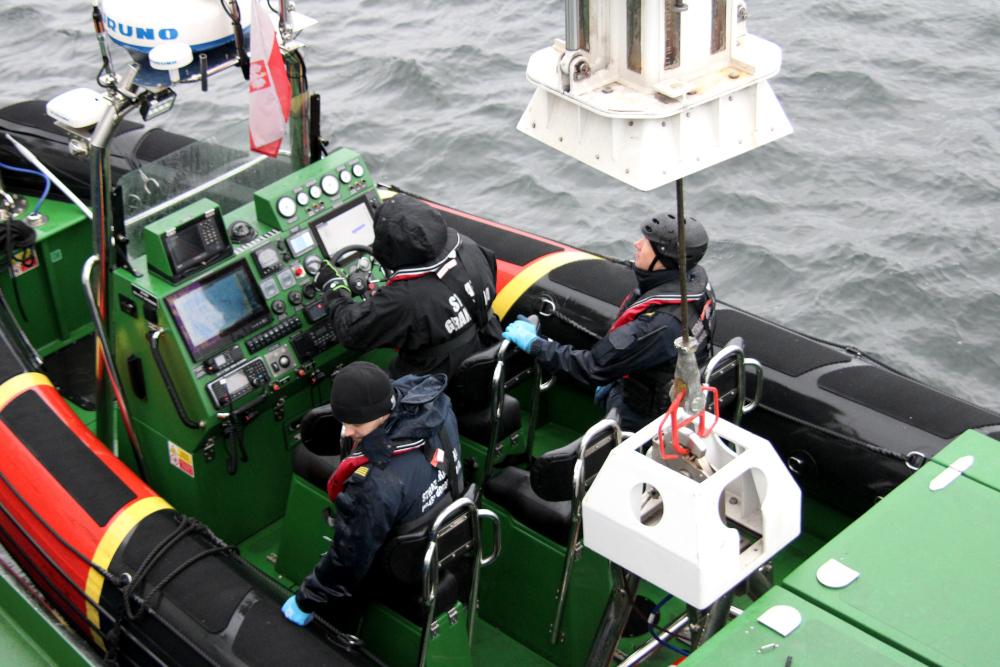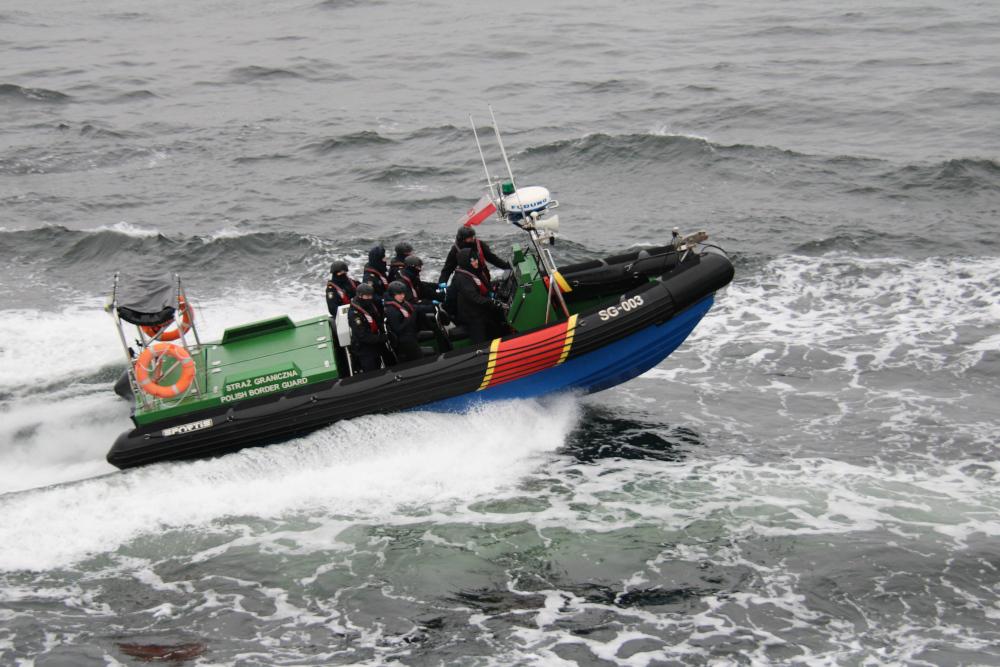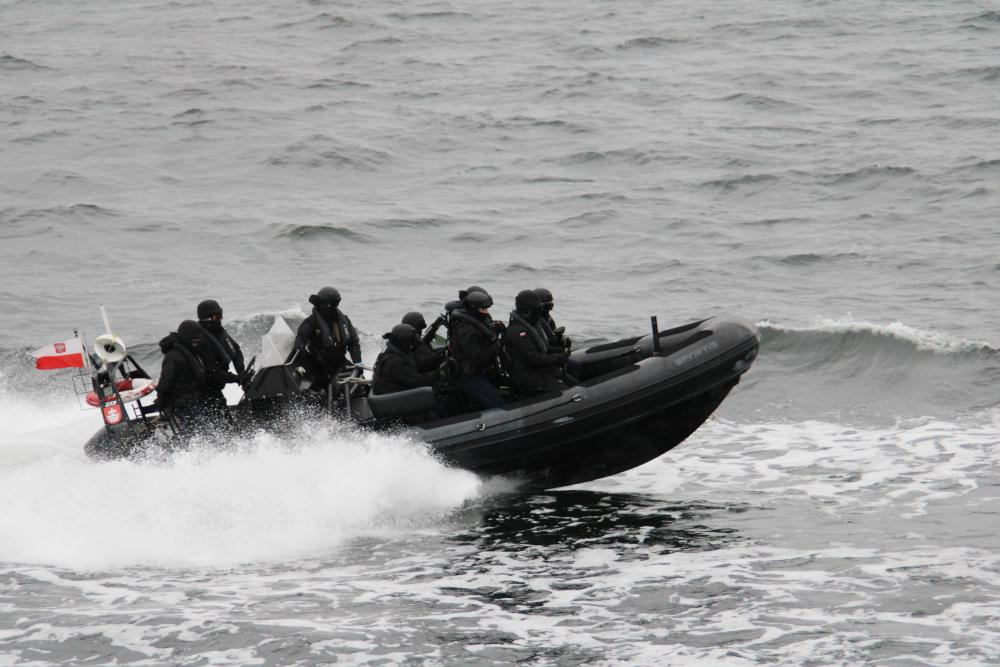Baltic defense shield: Navy and Border Guard cooperation is the key to maritime security
From March 10-14, advanced maneuvers took place in the waters of the Baltic Sea, involving the Polish Navy and the Maritime Border Guard Unit. The primary objective of the exercise was to enhance the training of vessel crews and improve cooperation between the forces responsible for securing Polish maritime areas.
security navy border guard news17 march 2025 | 13:05 | Source: Gazeta Morska | Prepared by: Kamil Kusier | Print

fot. P. Kurasz WOiP
Key objectives of the joint maneuvers
The joint operations of the Polish Navy and the Maritime Border Guard Unit included:
- Anti-sabotage defense of vessels in port and at anchorages,
- Monitoring of critical infrastructure,
- Situational live-fire exercises from vessel decks,
- Training for Border Guard control teams and Navy Task Force Groups.
The ASSYMEX training
One of the key elements of the exercise was the ASSYMEX training, involving the patrol vessel SG-111 (Patrol 1).
- The aim of this episode was to perfect defense against sabotage activities and conduct an onboard inspection of a vessel suspected of destabilizing actions, explained Junior Warrant Officer Katarzyna Przybysz, spokesperson for the Maritime Border Guard Unit.
The SAREX exercise
In the next phase of the maneuvers, the crew of patrol vessel SG-301 participated in the SAREX exercise, cooperating with a Navy helicopter. The scenario involved approaching the vessel, establishing communication, and executing maneuvers that allowed a rescue worker to be lowered onto the deck. The training also included live-fire exercises from onboard weapons – both during the day and at night – in a line formation targeting surface objects.
Civilian vessel control simulation
Another day of the exercises featured a simulated control operation against a civilian vessel, played by ORP Kaszub.
- Due to the lack of communication with the vessel, a disabled AIS receiver, and unusual maneuvers, the decision was made to detain the vessel and board it, reported Junior Warrant Officer Katarzyna Przybysz.
During this operation, the Border Guard crew conducted a documentation check, identification of the crew, and a search of the vessel for illegal substances, weapons, and other materials that could pose a threat.
Firefighting simulation
The final stage of the exercise was a simulation of extinguishing a fire on a Navy vessel using water cannons and fire curtains from SG-301’s deck.
- Such interagency maneuvers are invaluable in building response procedures for both military and non-military crisis threats. The synchronization of actions and cooperation enhance the effectiveness of critical infrastructure protection and improve national security and defense, concluded Junior Warrant Officer Katarzyna Przybysz.
see also
Buy us a coffee, and we’ll invest in great maritime journalism! Support Gazeta Morska and help us sail forward – click here!
Kamil Kusier
redaktor naczelny
gallery












comments
Add the first comment
see also
Saab and Maxar forge strategic partnership to enhance multi-domain maritime and defense capabilities
Port of Gdańsk strengthens maritime safety: state-of-the-art rescue equipment donated to SAR
Water police station reinstated in Szczecin as Poland strengthens maritime security ahead of tourist season
Beach rescue corridor. OSP Jantar urges tourists to stay alert ahead of summer
Containership MSC Elsa 3 sinks off Indian coast. Crew rescued, pollution risk under assessment
Seal on the beach puts emergency services on alert: rescue operation in Łeba
NCL Salten grounds again in Norway. Third incident raises structural safety questions
SAREX 25: integrated search and rescue operations on land, sea, and air
Baltic on alert: Poland responds to the emerging threat of the "shadow fleet"
Efficient rescue operation in Port Gdańsk. Piorun crew in action again
ADVERTISEMENT
ADVERTISEMENT